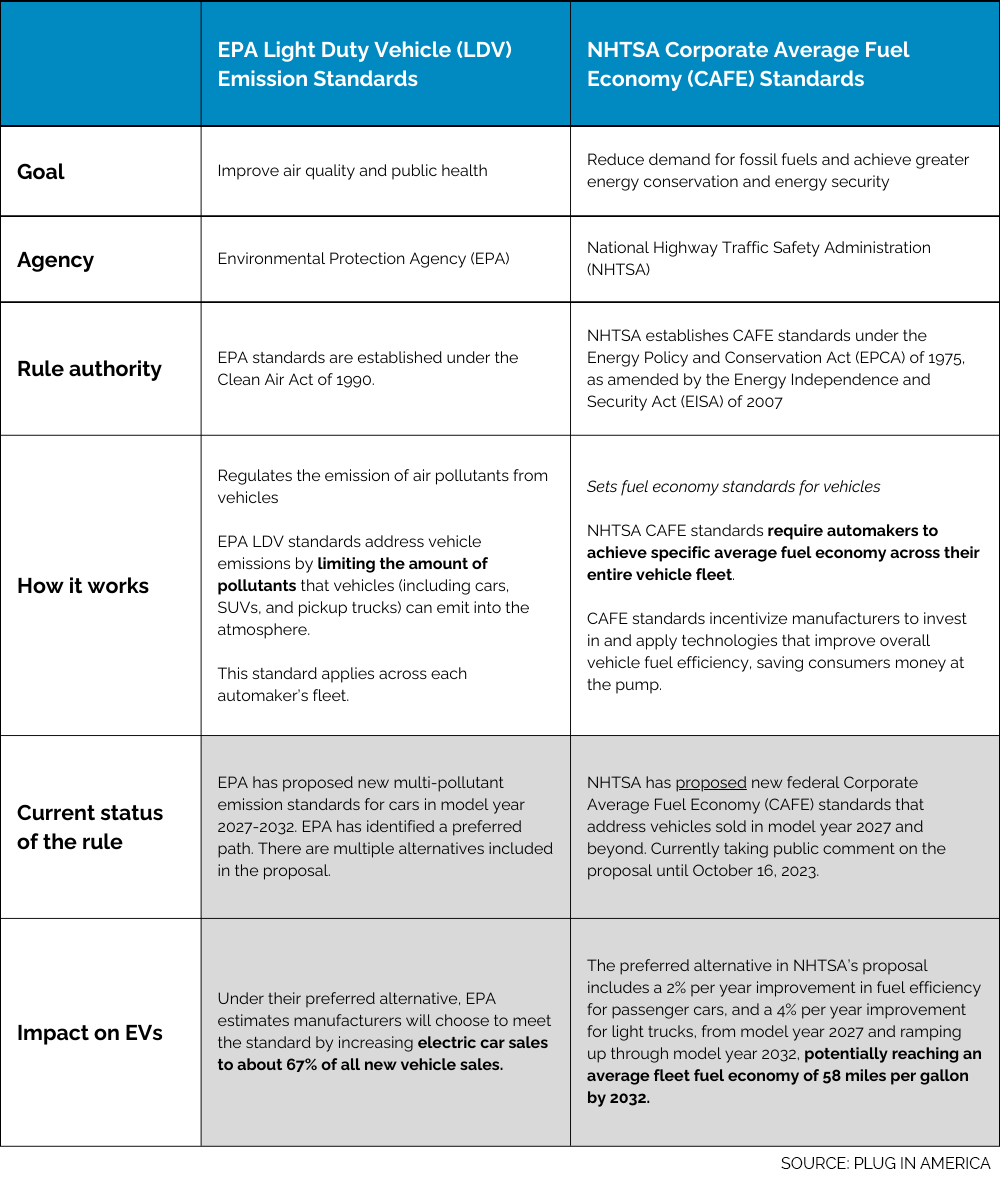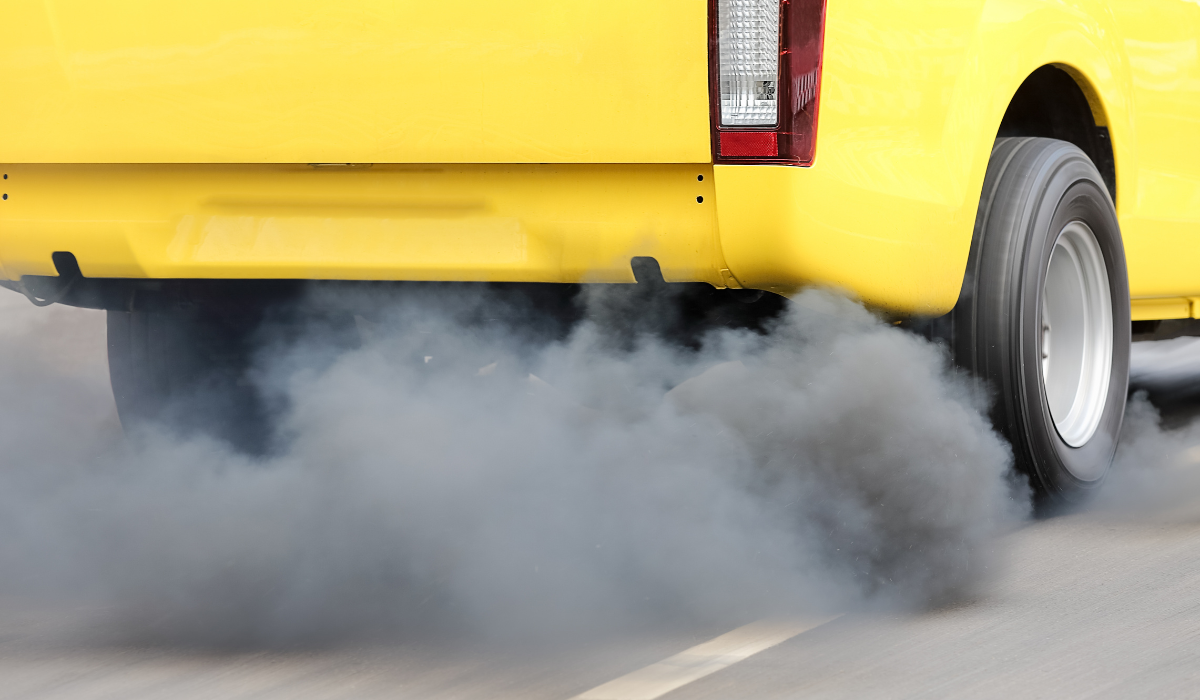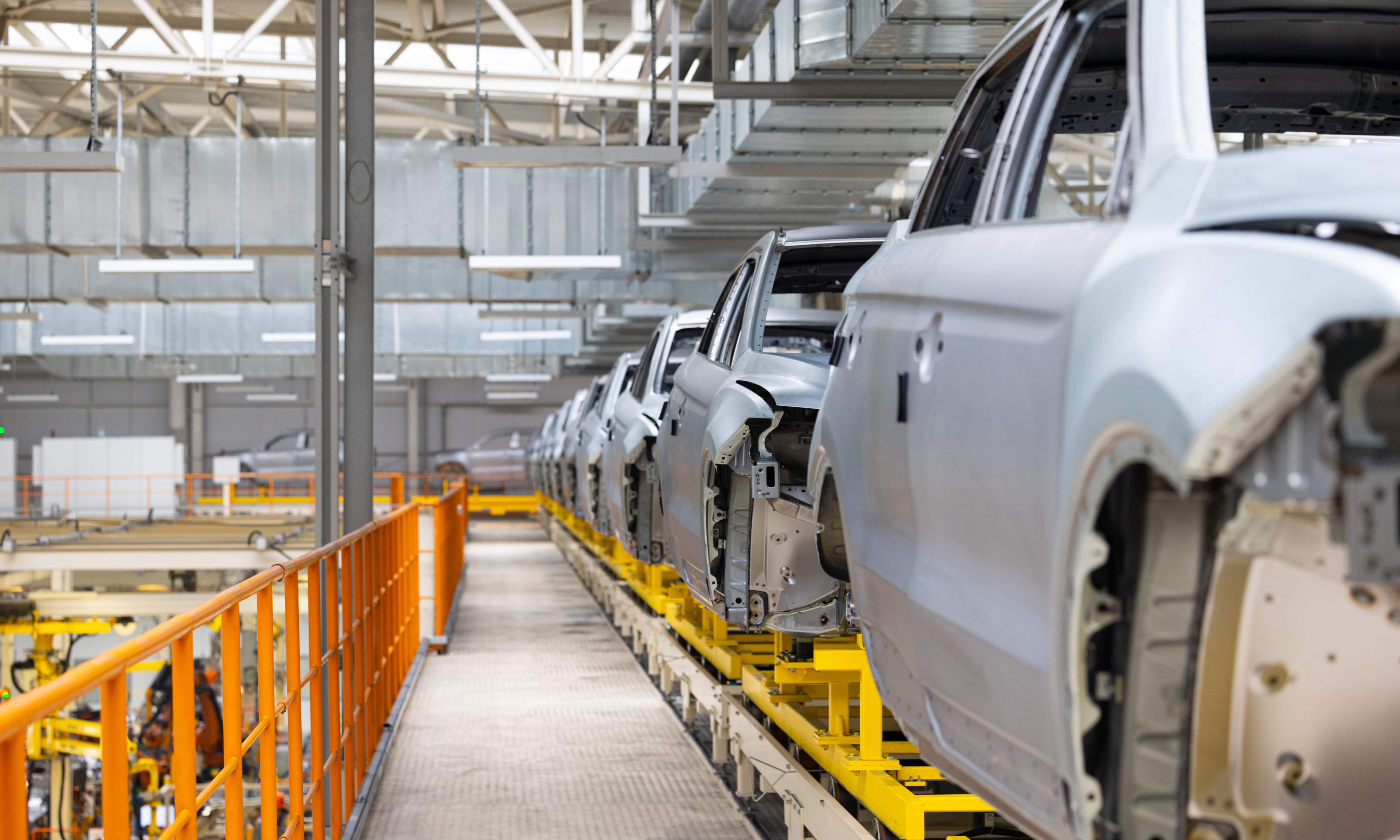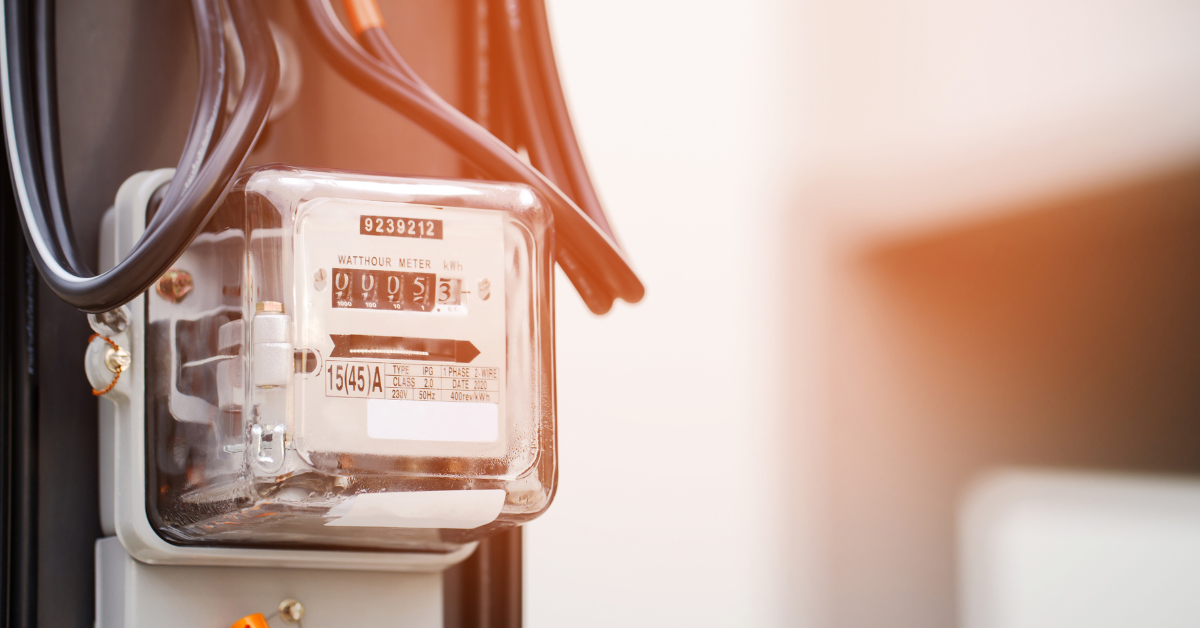A normal vehicle releases several tons of pollutants each year, which depends on the vehicle’s fuel, fuel economy, and how far it is driven annually. Improving vehicle technology and electric vehicles saves consumers money through reduced maintenance and fuel costs and improves air quality and public health. To continue unlocking these benefits for communities by advancing vehicle technology, the U.S. federal government has worked on two programs in particular: EPA’s Light Duty Vehicle Emissions (LDV) Standards and NHTSA’s Corporate Average Fuel Economy (CAFE) Standards.
So what are these rules, and how will they benefit people across the country?
The Environmental Protection Agency (EPA) regulates the emission of air pollutants from vehicles, while the National Highway Traffic Safety Administration (NHTSA) sets fuel economy standards for vehicles. Though the standards are intended to complement one another, they have distinct goals and structures. See our table below for a side-by-side comparison.

Clean cars can improve air quality and public health
Transportation is the largest source of carbon pollution in the U.S. and a major source of toxic pollutants that dirty our air and harm human health and our climate. Currently, more than 1 in 3 Americans live in places with unhealthy levels of air pollution. These combined rules will help drive significant air quality and public health improvements through key solutions like the widespread adoption of electric vehicles
EPA’s proposed standards follow and augment EPA’s previous federal emissions standards for passenger vehicles for model years 2023 through 2026. Public opinion is in favor of this strategy; voters support the new EPA rules limiting vehicle pollution for both heavy-duty (68% support) and light- and medium-duty vehicles (64% support). According to the EPA, the standards as proposed would:
- Avoid 7.3 billion tons of CO2 emissions through 2055 (equivalent to more than twice the total U.S. CO2 emissions in 2022) if both the proposed light- and medium-duty vehicle standards are adopted.
- Reduce other harmful air pollution and lead to fewer premature deaths and serious health effects such as hospital admissions due to respiratory and cardiovascular illnesses.
- Result in the benefits of the proposed standards exceeding costs by at least $1 trillion.
In complement, if the CAFE standards are finalized as proposed, NHTSA projects their preferred alternative would prevent more than 900 million tons of CO2 emissions – the equivalent of taking more than 233 million vehicles off the road from 2022 through 2050.
Consumer cost savings and energy security are within reach
Gas prices are volatile, and many Americans’ wallets are strained when gas prices surge, especially as they did last summer. Both EPA’s and NHTSA’s standards will deliver helpful consumer cost savings. Strong fuel economy standards can protect households from unpredictable price changes. Reducing demand for oil through fuel economy standards also helps protect overall American energy costs and improves energy security from erratic global energy markets.
NHTSA’s proposed standards build off of previous NHTSA standards to drive American vehicle innovation that benefits consumers. Unsurprisingly, consumers support increasing fuel economy; seven in ten American drivers say that fuel economy is very important or important to them when considering what vehicle to purchase or lease. In 2021, real-world fuel economy was over 25 mpg (compared to the proposed 2032 target of 58 mpg.)
If the CAFE standards are finalized as proposed, NHTSA states their preferred alternative would:
- Save consumers more than $50 billion on fuel over the vehicles’ lifetimes.
- Reduce our dependence on oil by avoiding the need for more than 88 billion gallons of gasoline through 2050.
Additionally, EPA’s proposed standards would:
- Save the average consumer $12,000 over the lifetime of a light-duty vehicle (compared to a vehicle that was not subject to the new standards) by accelerating the adoption of technologies that reduce fuel and maintenance costs alongside pollution.
- Reduce oil imports by approximately 20 billion barrels.
Improving our standards
These standards offer the opportunity to improve our air quality and public health and reduce consumer costs. Let’s keep driving towards improved vehicle technology, electric vehicles, and other transportation solutions that help us achieve our energy and public health goals.


